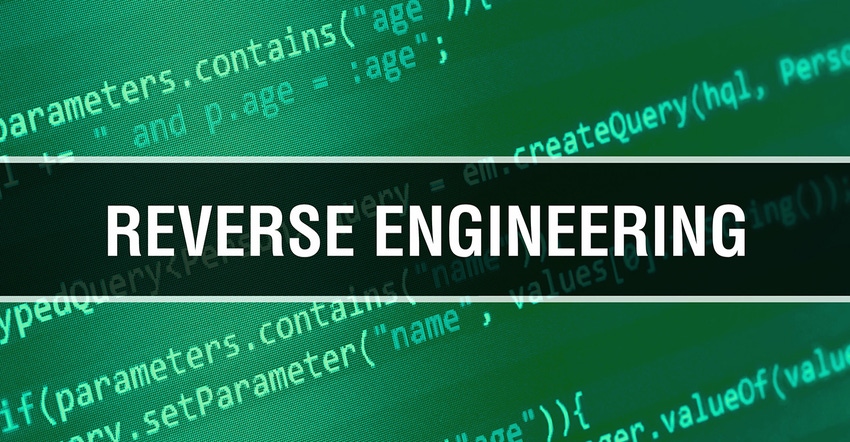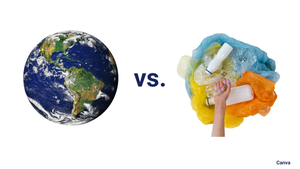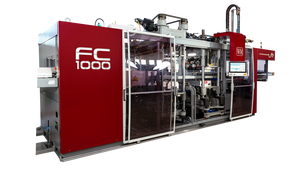When reverse engineering a product, you need to know what you’re looking at in terms of materials. Molecular spectroscopy is the most powerful tool to help accomplish that.
July 15, 2022

Reverse engineering is an effective way to save time and reduce cost during product development. It can also accelerate time to market, a crucial factor in capturing commercial success. There are several analytic tools that can determine the physical properties of materials — a foundational step in the reverse engineering process — but one of the most powerful is molecular spectroscopy. In a white paper, available as a free download, Bruker explains how infrared and Raman microscopy can give manufacturers a competitive edge.
Each molecule has a specific infrared and Raman signature, which accelerates the identification process, notes Bruker, a manufacturer of scientific instruments based in Billerica, MA. The distribution of components can also be determined by collecting area infrared and Raman images of the product in question. The white paper includes examples of applications to illustrate the far-reaching capabilities of this analytical tool.
For example, the technique was used to precisely identify the six polymers present in a multi-layer film in less than one minute without sample preparation. Another application mentioned in the white paper involves an elastomer with two contaminants, which were identified as a plasticizer and cellulose. Information of this nature can provide insights into the manufacturing process that was used.
The white paper is available as a free download to PlasticsToday readers.
You May Also Like


